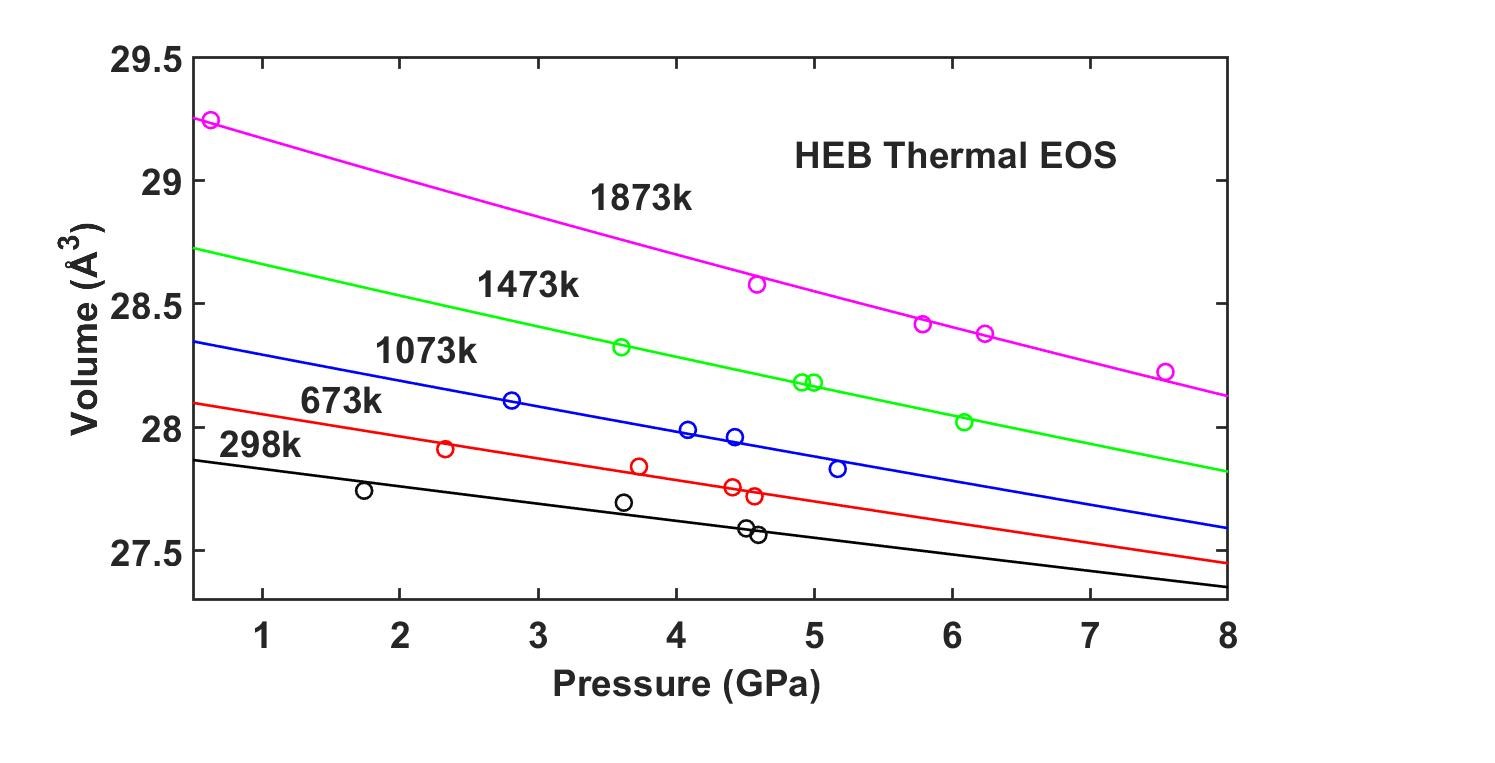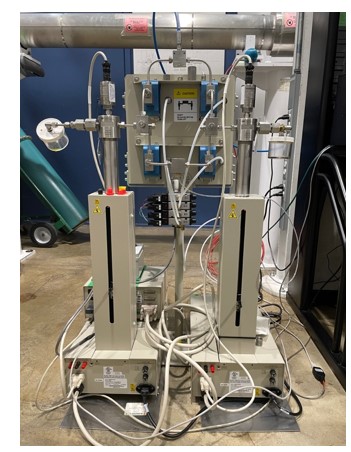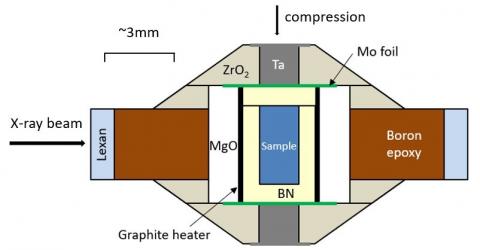Synthesis and Thermal Properties of High-Entropy Materials for Extreme Environments
High-entropy materials containing a mixture of five or more elemental species represent a paradigm shift in materials science where a variety of oxides, carbides, and borides can be synthesized with superior physical and mechanical properties compared with those accessible from the constituent materials. In an endeavor to create ultrahard and high-temperature materials that retain their physical properties under extreme conditions, high entropy alloys have drawn considerable attention in recent years. In this context, high-entropy borides (HEB) are of particular interest because they combine high electron density of transition metals with the covalently bonded boron network included in the metallic lattice. The study reports the synthesis of (Hf0.2 Ti0.2 Zr0.2 Ta0.2 Mo0.2)B2 HEB starting from a powder mixture of HfO2, TiO2, ZrO2, Ta2O5, MoO3, carbon black, and boron carbide. The HEB sample was synthesized in a Paris-Edinburgh (PE) press high temperature cell (Fig. 1) and characterized by Energy Dispersive X-ray Diffraction (EDXD), under quasi-hydrostatic pressure conditions, utilizing the setup at the Advanced Photon Source, High Pressure Collaborative Access Team (HPCAT) Beamline 16-BM-B, Argonne National Laboratory. The thermal equation of state (EOS) of the synthesized HEB material to 7.6 GPa and 1873 K and its derived thermoelastic properties (Fig. 2) were also established.

Figure 2. The measured P-V-T for synthesized HEB sample to 7.6 GPa and 1873 K.
This work is also noteworthy since has been one of the first to be performed fully via the new remote-operations setup at HPCAT. Due to the COVID-19 pandemic, HPCAT has transitioned to the remote operations mode since July-2020 and ongoing. In the remote operations mode, HPCAT coordinates shipping/receiving of experimental equipment and the online setup in the beamline stations. After the initial setup, the full control of experimental parameters and data collection is turned over to the remote beamline users. Furthermore, what has enabled the use of PE press for remotely controlled experiments is the newly installed syringe pump at the beamline 16-BM-B (Fig. 3). HPCAT is currently operating at full capacity with all four beamline experimental stations working simultaneously.

For more information, see: Iwan, Seth; Kaleb C. Burrage, Bria C. Storr, Shane A. Catledge, Yogesh K. Vohra, Rostislav Hrubiak, and Nenad Velisavljevic.(2021)High-pressure high-temperature synthesis and thermal equation of state of high-entropy transition metal boride,AIP Advances 11, 035107
https://aip.scitation.org/doi/10.1063/5.0045592
Link to research group: http://scholars.uab.edu/display/ykvohra

